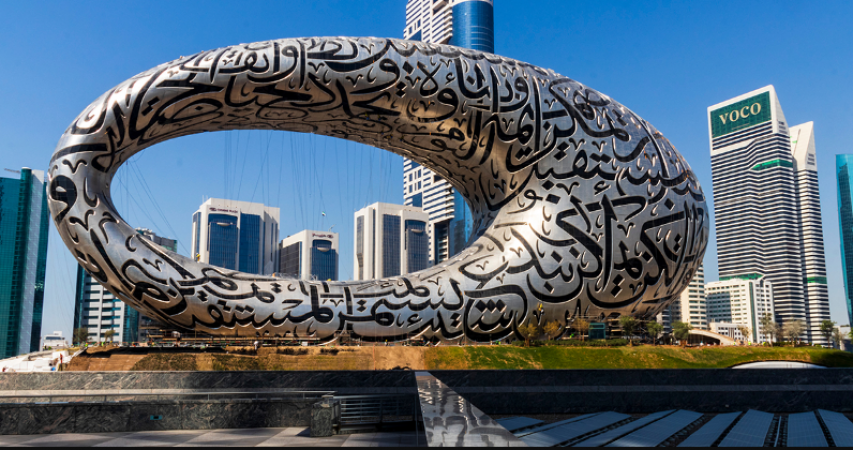
RIYADH: As the Purchasing Managers Index rose to 56.6 from 56.1 in September, employment growth in the UAE reached its highest level since October 2016, according to the most recent S&P Global data. The S&P classifies readings above 50 as growth and those below 50 as contraction. In August, the PMI was slightly higher at 56.7.
The beginning of the fourth quarter saw significant improvement in non-oil trading conditions in the UAE, according to an S&P Global report, with both output and new orders rising sharply.
According to David Owen, an economist at S&P Global Market Intelligence, "the surge was driven by a sharp expansion in business activity and new orders, providing further evidence that domestic companies were not only weathering the global economic storm, but strong The demand was also enjoying growth."
Also Read: Demands for funding and geopolitical issues will rule the COP27 climate talks
"October saw significant momentum on the capability side," he continued. "Businesses grew their employment numbers at a faster rate in response to the growing backlog."
According to the report, the beginning of the fourth quarter saw the second fastest increase in the rate of business activity since July 2019. As a result, firms reported an increase in output.
Additionally, as businesses reported their combined-strong expansion in 11 months in October, the flow of new orders accelerated.
According to the report, a marginal increase in prices was experienced last month as a result of lower cost of fuel, metals and transportation partially offsetting other price hikes.
Despite the fact that the discount rate had slowed to its lowest level since July, Owen continued, "this meant that businesses were able to reduce their output fees."
Also Read: Apple switches from China to India and adds Pegatron as a new iPhone 14 supplier
However, the report also noted that due to the ongoing global unrest, UAE businesses have experienced the slowest growth in exports of new orders from overseas since 2022.
As demand from the economy picks up, businesses are facing more backlogs of work, partly due to ongoing projects and shipping delays related to the pandemic.
Businesses grew employment at their fastest rate since July 2016 in response to a reduction in operating efficiencies, and they increased shopping activity to their highest level since mid-2019 to build inventory for future work.
Also Read: Asia's stocks fall after the US Federal Reserve says more rate hikes are likely
The report also noted that while optimistic growth expectations were fueled by new projects and the strengthening of the economy, business confidence about future output declined at the start of the fourth quarter.